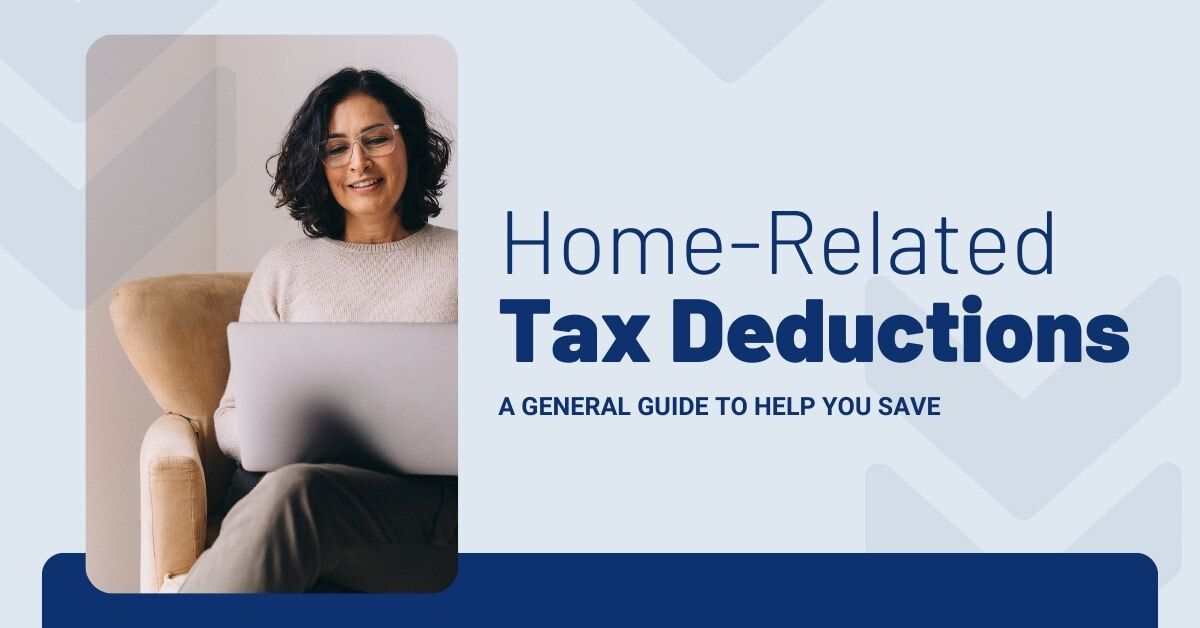
Stress-Free Home Cleaning: 27 Practical Tactics for Busy Households
Keeping a clean and orderly home is a challenge for many of us. Between busy work schedules, social obligations, and family commitments, it’s tough to keep up with daily chores—let alone larger seasonal tasks.
The effort is worthwhile, however. A sanitary environment can keep you and your family healthier by minimizing your exposure to germs and allergens.1 Plus, researchers have found that organized, uncluttered homes have quantifiable mental health benefits, too, including reduced stress, improved emotional regulation, and increased productivity.2
The reality is, we enjoy our homes more when they are in good order. It’s much easier to relax without piles of unopened mail or a messy kitchen reminding us of work to be done. And don’t we all feel more inclined to entertain family and friends when our homes are well-kept?
That’s why we’ve rounded up our favorite tactics—from overall strategies to little tips and tricks—for keeping things tidy without spending all our spare time cleaning.
SET A SCHEDULE FOR DAILY AND WEEKLY CLEANING
We’ve all been there—you put off vacuuming or mopping your floor for a few days, only to realize that weeks have passed. Creating a cleaning schedule that works for you is the best way to stay on top of things and avoid overwhelm. Here are a few of our favorite strategies:
- Designate a day of the week for each task—then, add them to your calendar so you can’t forget.
- Create a shared schedule that assigns specific responsibilities to each member of the household. Post it in a prominent place, like on the refrigerator, or create a shared digital calendar.
- Carve out 15 minutes a day for cleaning and decluttering. Set a timer on your phone and get as much done as you can before it goes off.
It may take some trial and error to find the tactics that work best for you. The most important thing is to make a habit of cleaning so that clutter and grime don’t have a chance to build. And if you’d like some professional help, reach out for a referral to one of our favorite cleaning services!
TACKLE BIGGER CHORES SEASONALLY
Many home care tasks are seasonal by nature and only need to be completed once or twice a year. But when we don’t have a plan to tackle them, it’s all too easy to put them off. Here are a few tips to stay on top of these chores:
- Mark days on your calendar in advance to attend to annual or semi-annual chores, like cleaning gutters, washing windows, turning mattresses, and shampooing carpets.
- Schedule just one primary task each weekend instead of blocking out a full two days. This will help ensure a good balance between chores and relaxation.
- Designate a date two to four times a year, depending on your lifestyle, to put away out-of-season items like clothes, holiday decorations, and sporting goods.
- Take some time to sort through your seasonal items when you pack them away. Then you can toss, sell, or donate items that you no longer need or enjoy.
Remember—breaking down these larger tasks can make them less overwhelming. If you space them out so that you can handle them one by one, even the most time-consuming chores become a lot more manageable.
And since all your time is valuable, don't hesitate to delegate these larger home care tasks to professionals. Give us a call for a list of our recommended service providers.
REDUCE THE BARRIERS TO CLEANING
Set yourself up for success by ensuring you have the tools on hand to tackle small tasks with ease. Here are a few ways to make your cleaning supplies more accessible:
- Store a broom, dustpan, and vacuum on each floor of your home so they’re easy to reach.
- Stash containers of disinfecting and glass wipes under every sink for a mid-week wipe-down.
- Place extra bags beneath the liner of your garbage pails, so you’ll have a replacement ready when you take out the trash.
- Keep a paper shredder and recycling bin handy so you can dispose of unwanted mail as it’s opened.
By strategically placing your tools and supplies in the locations where you’re most likely to need them, you’ll make cleaning less of a chore and more of a habit.
STOP THE CLUTTER BEFORE IT STARTS
From coats to shoes to mail, it’s all too easy to find clutter taking over your home. Once these piles start to form, they can feel overwhelming—which only makes it harder to address them.
To avoid this problem, stop the clutter before it starts. Assign every item a home and create storage spaces and “drop zones” in key locations.3 Here are a few ideas to get you started:
- Install coat hooks and shoe racks in the entryway for easy access.
- Add a key caddy or shelf for essential items to get you out the door.
- Hang a letter bin to capture mail and newspapers as soon as you walk into the house.
- Place a donation box in each closet for items you no longer want or need.
It can take a little time to get in the habit of returning items to their assigned space. But once you do, staying on top of clutter will become far more manageable.
Are you considering a larger organizational upgrade, like a custom closet or pantry system? Reach out for a free consultation to find out how the investment could impact the value of your home!
TACKLE SMALL TASKS RIGHT AWAY
Sometimes, the mental load of thinking about a chore you need to do is worse than the chore itself. Plus, handling small tasks right away can reduce the need for lengthy cleaning sessions.3
Try working these changes into your routine:
- Learn to clean as you cook, rather than piling it all up for later. As you wait for water to boil or food to cook through, wash the bowls and utensils you used for prep.
- Hang bath towels on a bar immediately after use. By allowing them to properly air dry, you can cut down on the frequency of laundering.
- Bring items with you when you leave a room. For example, return plates and cups to the kitchen right away rather than letting them stack up in your home office.
- Take out the trash when you leave for work, school drop-off, or errands. This will save you the time and hassle of a second trip.
If you implement these small changes, your home will stay neater—and you’ll minimize the number of dedicated cleaning sessions you need to take on each week.
EMBRACE AN EVENING “SHUTDOWN” ROUTINE
Kitchens can get dirty and cluttered fast. But a few minutes spent cleaning up each evening can prevent the mess from getting out of control.4
Imagine your kitchen is a restaurant and you’re tidying it up before closing down for the night. These simple steps will prepare you for the morning rush:
- Wipe down all surfaces, including countertops, stove, microwave, and sink. Then toss your soiled washcloth in the hamper and lay out a fresh one for tomorrow.
- Load and run the dishwasher every night so you can empty it the next morning.
- Prepare for breakfast by programming your coffee pot and setting out some grab-and-go options.
We all know it can be hard to find the energy for chores in the evening. But if you complete these small tasks each night, you’ll start the next day off right in a tidy, clean kitchen.
THINK OUTSIDE OF THE BOX WHEN IT COMES TO STORAGE
Most of us have limited storage space. Unfortunately, without the right spots to stash our items, it’s easy to become disorganized.
But we’ve found that using household items in innovative ways can help keep mess and clutter under control.5 Here are a few of our favorite swaps:
- Place a magazine file in your kitchen for cookbooks, takeout menus, and meal kit cards.
- Hang a pocket-style shoe organizer inside your pantry door to store granola bars, spice jars, and other small items.
- Separate dress and athletic socks by turning an old shoe box into a drawer divider.
- Repurpose jam jars by using them to store office supplies or bathroom essentials.
- Store out-of-season clothes inside rarely-used suitcases, so all that space doesn’t go to waste.
A little creativity goes a long way when it comes to making the most of your space. Just be sure that you’re creating systems you can stick with and not putting things where you might forget about them later!
WE’RE HERE TO HELP YOU MAKE THE MOST OF YOUR HOME
Keeping your home clean and organized can be a continuous struggle—there’s no need to feel ashamed of that. But taking the time to implement systems that work for you can make life more pleasant and less stressful in the long run.
Remember, we’re not just here to help you buy or sell a home. We want you to love living in it, too. Reach out if you need referrals for house cleaners, window washers, or other service providers that can help you make the most of your space.
The above references an opinion and is for informational purposes only. It is not intended to be financial, legal, or tax advice. Consult the appropriate professionals for advice regarding your individual needs.
Sources:
1. Healthline - https://www.healthline.com/health-news/5-health-benefits-of-spring-cleaning
2. Forbes - https://www.forbes.com/health/mind/mental-health-clean-home/
3. My Domaine - https://www.mydomaine.com/house-cleaning-schedule
4. Housewife How-Tos - https://housewifehowtos.com/clean/10-tips-to-keeping-a-clean-house/
5. Better Homes and Gardens -
https://www.bhg.com/decorating/storage/projects/simple-solutions/




